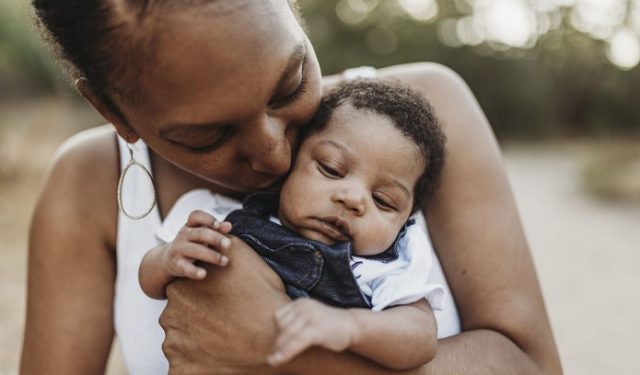By THE INDEPENDENT UG
ANALYSIS | AGENCIES | Women are more prone to giving birth in the same month as their own birth, and researchers believe they may have uncovered the reason behind this phenomenon.
Data on over 10 million deliveries in France and Spain reveal that births within immediate families tend to cluster within a specific month. Siblings commonly share the same birth month as both their mother and each other, and also tend to align with their fathers’ birth month, according to findings published on Dec. 14 in the journal Population Studies.
Epidemiologist Adela Recio Alcaide from the University of Alcala in Spain, a researcher involved in the study, explained in a journal news release, “The potential explanations seem to be both social and biological.”
The study examined all births in Spain from 1980 to 1983 and from 2016 to 2019, as well as all births in France from 2000 to 2003 and 2010 to 2013.
While births in a particular country typically exhibit “birth seasonality,” where more babies are born at certain times of the year, the researchers observed a deviation when grouping the data based on the birth month of the mothers.
Rather than following the expected pattern, a surge in January births occurred among mothers born in January, with a similar trend for other months. Overall, there were nearly 5% more births than anticipated, where the mom and her baby’s birth month coincided, across both countries and all studied time periods.
Additional patterns challenging seasonal expectations included a 12% increase in shared birth months between siblings, nearly 5% more parents sharing the same birth month, and a 2% rise in common birth months between children and fathers.
The researchers propose that individuals with similar backgrounds tend to partner and are more likely to give birth at specific times of the year. For instance, in Spain, a woman with higher education is more inclined to give birth in spring than a woman without higher education. This pattern continues through generations, with daughters more likely to be born in spring and, due to their higher education, more likely to give birth in spring as well.
The mother and daughter are also exposed to the same biological factors influencing fertility, including food availability, sunlight exposure, and environmental conditions such as temperature and humidity, the researchers noted. Social epidemiologist Dr. Luisa Borrell from the City University of New York, a co-researcher, highlighted, “Biological factors that are known to affect birth seasonality… also depend on socio-demographic characteristics, since different social groups are exposed to these biological factors to varying degrees.”
****
Source: HealthDay







Discussion about this post